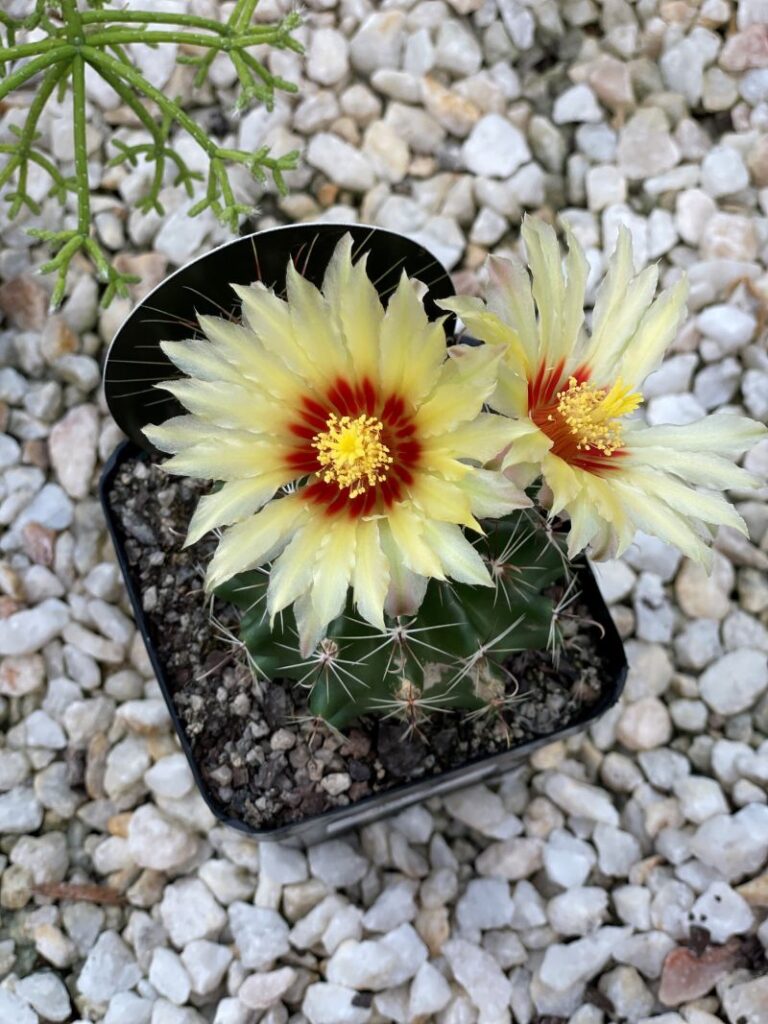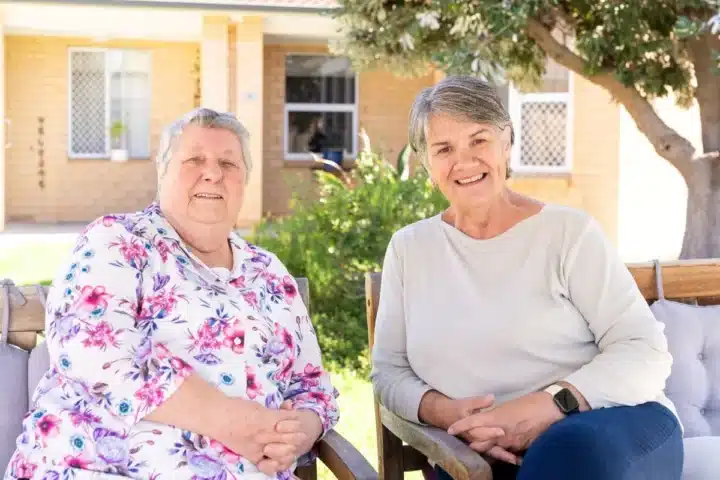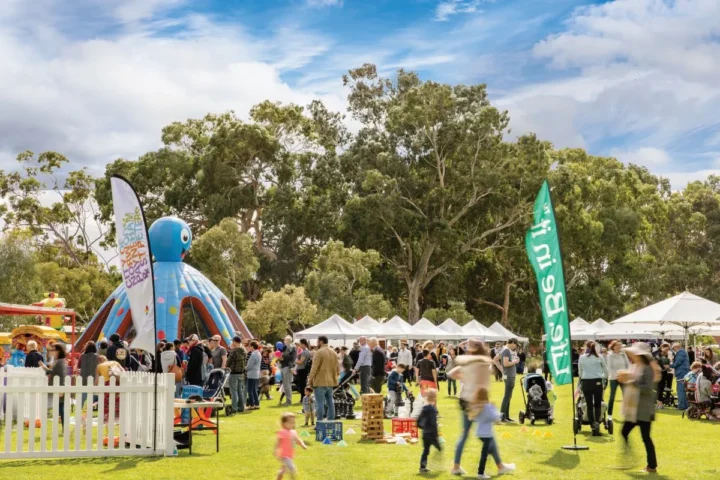By Michael Heyne, Heyne’s Garden Centre
As the heat of summer starts to wane, you might be inspired to get a head start removing spent crops, but before doing so, it’s worthwhile asking yourself- has this plant produced a standout yield? How productive has it been during the growing season? Any standout candidates, and only the healthiest plants from the crop should be considered for seed saving.
Saving your own seed is a fantastic way to cut costs, become a better gardener and grow stronger plants as a result of growing varieties that have adapted to the specific climate of your garden.
Open pollinated varieties of vegetables and herbs including: Peas, Beans, lettuce, non-hybrid tomatoes, Dill, Basil and coriander are great for beginners. Herb seed can be harvested by cutting off the seed head and allowing it to dry naturally. These can then be simply put into a bag and the seeds shaken (not stirred!) for collection. Cut and dry the remaining herbs for use in winter cooking.
Fleshy seeds such as tomatoes, benefit from being allowed to ferment in a jar of water overnight then allowed to dry out completely before storing for the next season.
As you improve and harness techniques, you may work your way up to rarer varieties, allowing family and friends to share and continue your seed’s legacy, which is so important in a world being increasingly driven towards genetically modified and hybridised varieties.

Not too late to propagate!
As well as seed saving there are other ways to really make the most out of your garden as we enter Autumn- like propagation!
If you have top performing perennials, you would love more of, now is a great time to propagate.
Late summer is a great time to take semi hardwood cuttings from your garden (or a friend’s!)
A semi- hardwood cutting is defined by the time the cutting is taken in the growing cycle, and characterised by the pliability and colour of the stem. Semi-hardwood cuttings have stems transitioning from the green fresh ‘tip’ growth of foliage, darkening to deep red or brown. A ‘snap test’ can be performed to gauge how flexible and suitable the potential cutting will be.
A stem bended back on itself should have the elasticity and pliability to break cleanly, if it breaks off without a clean cut its most likely past this stage and will do better as a ‘hardwood cutting’ over winter.
Here are some examples of Semi-hardwood cuttings candidates suitable to propagate now!
Australian natives such as: Callistemon, Banksia and Grevillea
Shade lovers like: Camellia, Fuchsias and Azalea
Trees and shrubs including: Magnolia, Buddleja and viburnum
Take a cutting approximately 12 cm long that includes at least 2 to 3 nodes, with an angled cut just below the first lower node- this will be underground and where the root system develops!
Making sure there are at least two to three nodes on your cutting, remove the lower leaves and dip in a hormone gel (or honey!) then into a propagating mix. These specialty mixes allow adequate airflow and drainage for best results.
Place in a well-lit area out of direct sun until cuttings take root.
Propagating is a rewarding experience that you could find addictive, never forget to pack your secateurs when heading out, you never know what varieties you’ll come across!
Thinking ahead
Moving into autumn is an exciting time, a change is on the breeze! Colours start to turn and we find ourselves envisioning those cool days and cozy nights as we leave the heat of summer behind. Planning your autumn garden is paramount, and encouraging healthy foundations for optimum growing conditions should be at the forefront. Heavy feeders like Corn and Tomatoes take a toll on garden soils over summer, leaving little goodness behind for the changeover, so it’s a great idea to plant a ‘cover crop’ to replenish lost nutrients such as phosphorus and nitrogen, plus the positive effect these crops have on weeds, microorganisms and earthworms- it starts from the ground up!
Adding compost and manures to beds as you turn them over also aids in replacing lost nutrients and adding friability to soils, ready to make those beautiful new season varieties shine.
There’s so much on offer as we enter the new season. Spring bulbs, brassicas, citrus, annuals and so much more. Make the most of the warm ground and get planting!
Visit Heyne’s Garden Centre at 283-289 The Parade, Beulah Park or heyne.com.au









